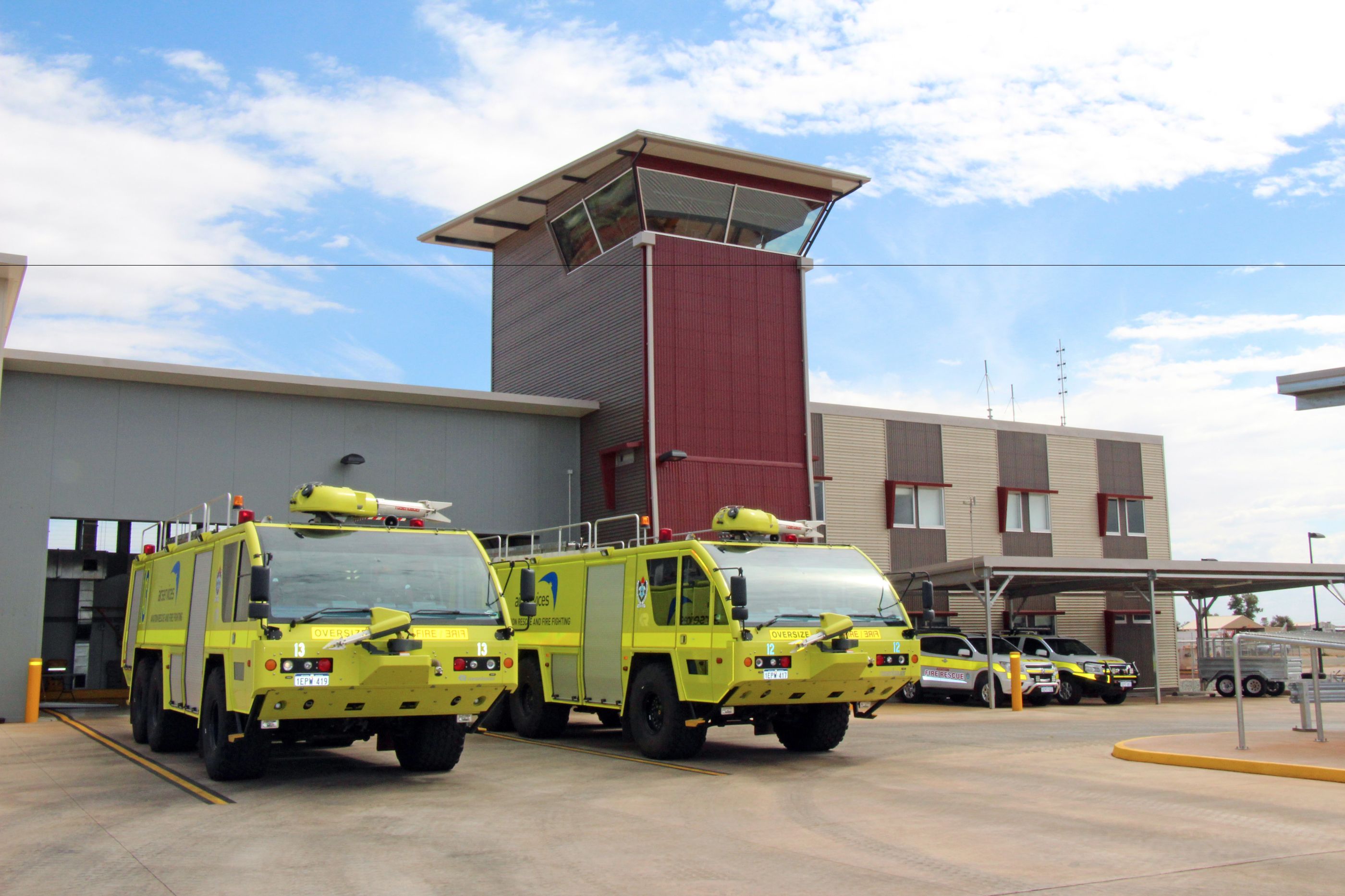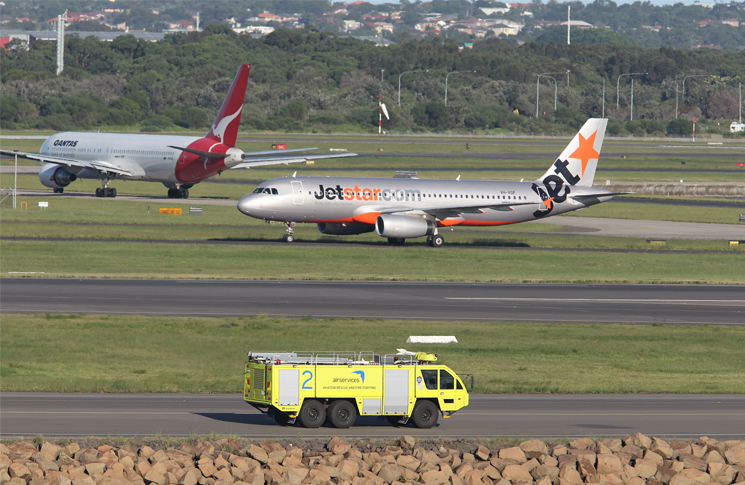Most pilots would be familiar with the day-to-day services of air traffic control (ATC) which manages approximately four million aircraft movements each year across 29 controlled airports in Australia. However, Airservices also assisted pilots in over 600 aircraft emergencies last year. These emergencies included aircraft accidents, the declaration of a PAN due to aircraft unserviceability and VFR aircraft which had gone into IMC. Many of these occurrences required the assistance of not only ATC but Airservices aviation rescue fire-fighting services.
Whether you are flying as a single pilot or in a multi-crew environment, it is important to remember that Airservices is available to assist you both in day-to-day and abnormal situations as a part of your team.
The volume of traffic in today’s airspace and the differences in aircraft types, equipment levels and pilot experience increases the complexity faced by controllers every day. To allow ATC to best assist you, Airservices offers the following tips for pilots:
- Always plan your flight. It is important that you have planned your flight (including the ground component) so that your chances of becoming involved in an abnormal situation (e.g. flying into weather, landing on a closed runway, minimum fuel, flying through controlled or restricted airspace) is significantly reduced.
- Submit a flight notification. Regardless of your type of flight and location, it costs nothing to submit a flight notification. This means that if you need ATC assistance (perhaps you have changed your proposed flight route, are having some problems or both), it will make it easier for both ATC and you if the controller can ‘bring up’ your flight plan from the ATC system, rather than trying to obtain the required information over the radio. When you submit a flight notification, always check that the details you receive back from NAIPS Internet Service match what you think you entered.
- Maintain communications etiquette. It is important that your radio calls and your readbacks comply with AIP and that you maintain appropriate communications etiquette (e.g. not over-transmitting other stations).The readback confirms to ATC that you understand your clearance and, if incorrect, will require ATC to confirm this with you. This additional conversation adds complexity and may impact other aircraft or increase the chances of the controller making an error.
In today’s increasingly busy aviation environment, it is important that you recognise Airservices is there to assist and that there are ways you can assist Airservices to help you more effectively and efficiently.
If you think you may need assistance or are unsure about or unable to comply with an ATC instruction, please ask (sooner rather than later).
Airservices produces information on a range of topics for pilots to better assist you when working with ATC. The information is available on the Airservices Pilot and Airside Safety web page.
For more information, please contact Airservices at: safety.communications@airservicesaustralia.com



